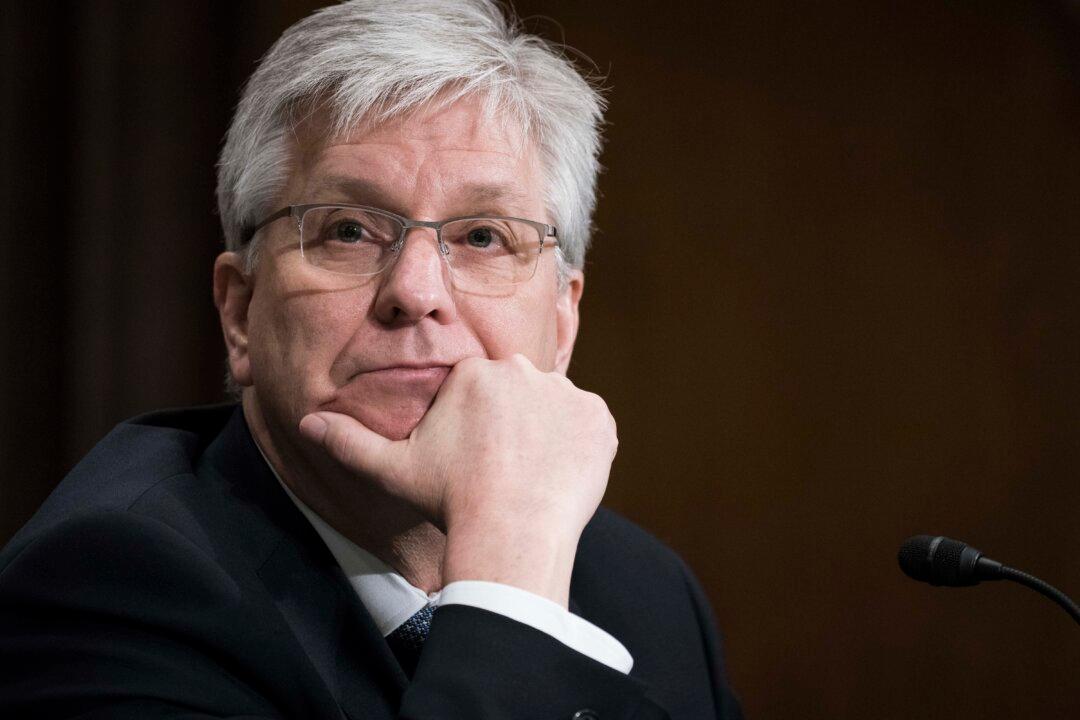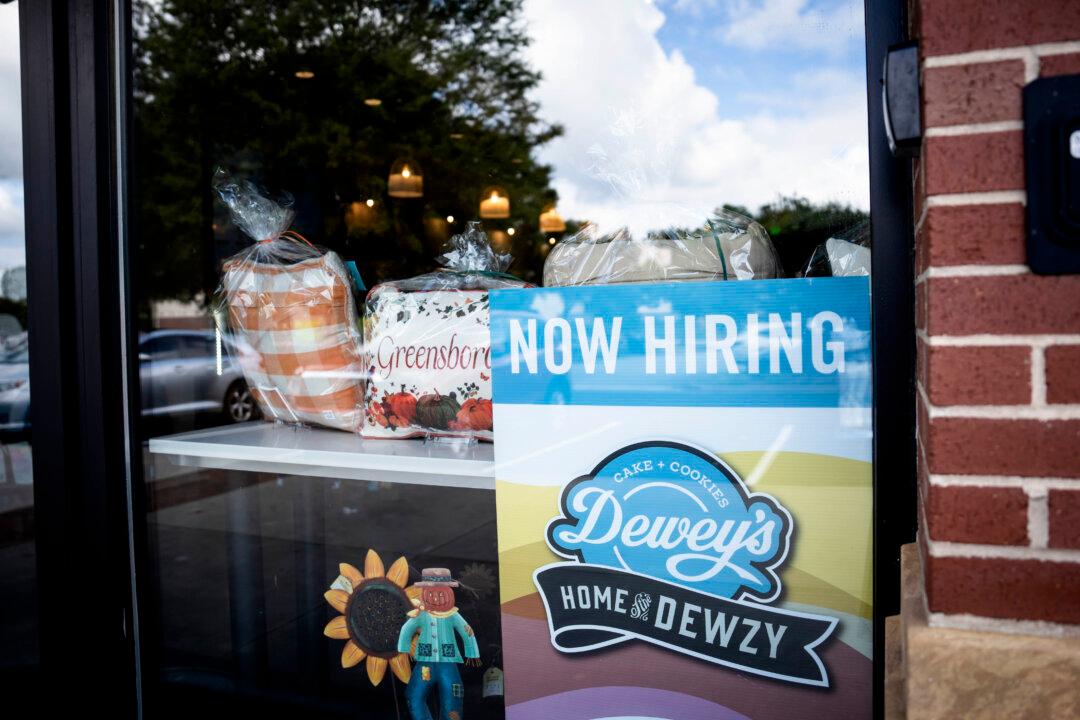The Federal Reserve might begin cutting interest rates next year if inflation continues to cool, according to one member of the U.S. central bank’s Board of Governors.
Fed Gov. Christopher Waller suggested during remarks at the American Enterprise Institute (AEI) on Nov. 28 that monetary authorities could lower the benchmark fed funds rate if inflation continues to decline steadily toward policymakers’ 2 percent target in a sustainable manner.





